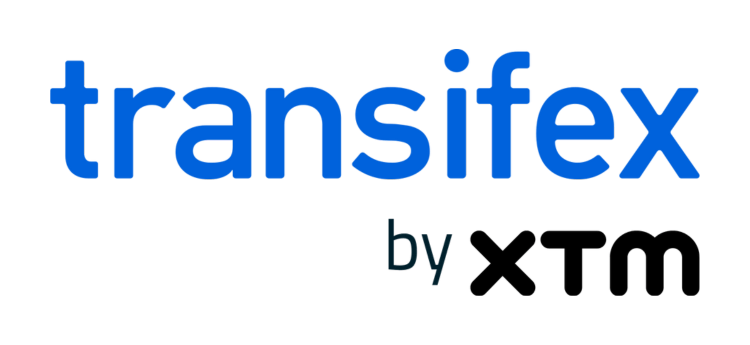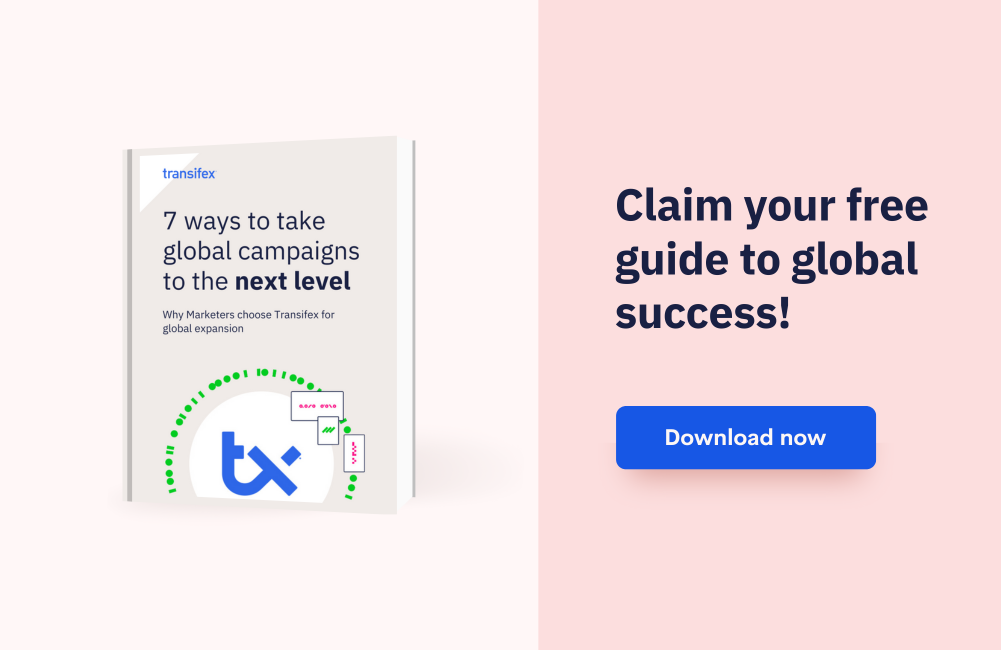Product-led growth marketing strategies have become very popular in recent years, with more and more companies implementing them to acquire and retain customers.
But what is product-led marketing? What are its benefits, and how can you leverage it to expand your business?
Keep reading to find out!
What is Product-Led Growth Marketing?
Product-led growth (PLG) marketing is an end-user-focused growth model in which the product itself serves as the primary driver of customer acquisition, conversion, and expansion.
By prioritizing user experience and creating a product that delivers undeniable value, companies enable users to discover, adopt, and advocate for the product organically.
This strategy reduces reliance on traditional sales and marketing tactics and shifts focus towards creating a product that sells itself.
“Until you know what your users are trying to accomplish in your product, you’ll lead them to mountaintops they never wanted to climb.”
– Wes Bush, Product-Led Growth: How to Build a Product That Sells Itself
How Does Product-Led Growth Marketing Work?
To achieve success with PLG marketing, companies typically focus on four key pillars:
Product-Market Fit
Achieving product-market fit is the foundation of PLG marketing. This means creating a product that resonates with your target audience, addresses a specific pain point, and provides undeniable value. To achieve product-market fit, companies must conduct extensive market research, gather feedback from early adopters, and iterate on the product until it meets the needs of its users.
User Acquisition
Once you have a product that meets the needs of your target audience, you need to get it in front of the right people. Companies may use a variety of tactics to attract new users, including content marketing, social media, paid advertising, and influencer partnerships tailored to each market and audience. The key is to create a seamless user experience that encourages users to sign up and start using the product.
User Engagement
User engagement is critical to the success of PLG marketing. Companies must create a product that is sticky, easy to use, and provides ongoing value to users. Features like personalized recommendations, gamification, and social sharing can achieve this. By keeping users engaged, companies can increase the likelihood of conversion and retention.
Retention and Expansion
Finally, companies must focus on retaining and expanding their user base. This involves creating a product that continues to deliver value over time, as well as implementing strategies to encourage users to upgrade to paid plans or refer friends. By prioritizing retention and expansion, companies can drive long-term growth and reduce churn.
Example of Successful Product-Led Growth
To illustrate the four pillars of PLG marketing, let’s take a closer look at Dropbox’s strategy. Dropbox achieved product-market fit by creating a product that addressed a specific pain point (file sharing) and provided undeniable value to its users.
The company then used a variety of tactics to acquire new users, including content marketing, paid advertising, and influencer partnerships. To keep users engaged, Dropbox implemented features like file sharing, collaboration tools, and version history. Finally, the cloud-based company focused on retaining and expanding its user base by providing ongoing value and encouraging users to upgrade to paid plans.
How Does Product-Led Growth Marketing Differ From Sales-Led Growth Marketing?
Product-led growth and sales-led growth marketing are distinct approaches with several differences. Let’s see the main ones:
Product-led growth marketing (PLG) Sales-led growth marketing (SLG)
Most revenue comes from cross-selling and upselling Most revenue comes from the initial sell
Uses free-trial and freemium pricing models to drive customer demand Relies on marketing and sales teams to drive customer demand
Subscription pricing models Higher initial prices
Focuses on user experience for customer retention Depends on customer support and sales teams for customer retention
Slow and steady growth Rapid growth
Small sales, marketing, and customer success teams Large sales, marketing, and customer success teams
Takes longer for the business to become profitable The business becomes profitable faster
Why is Product-led Marketing a great option for SaaS Businesses?
While building a SaaS business is relatively inexpensive today, making it profitable remains a big challenge.
But how can product-led growth marketing help your SaaS business enter the market and meet customer demands without following a sales-focused approach?
Customers prefer to educate themselves instead of buying products from a salesperson. In product-led marketing, there’s no need for human intervention -customers can try your product on their own before purchasing through free trials and freemium models.
If they are satisfied with your product and user experience, they might upgrade to a premium plan, which means increased revenue for your SaaS business!
What are the Benefits of Product-Led Growth Marketing?
Product-led growth marketing has many benefits that can boost your business growth. Let’s discover them!
#1 Better User Experience
Product-led companies focus on providing a great user experience and designing the customer journey based on that.
Designing your product with the end user in mind and investing in ease of use and intuitiveness is essential. This creates an overall pleasant experience for users, increasing the chances of them converting to paying customers.
#2 Shorter Sales Cycles
With product-led growth marketing, users test the product before committing to it, without the involvement of salespersons. This can result in shorter sales cycles, as the time required to make a sale is reduced.
Focusing on solving the customers’ problems and providing them with a high-quality product is key to achieving faster sales cycles, which can help you increase revenue.
#3 Increased Customer Loyalty
Satisfied customers are more likely to become loyal customers who repeatedly purchase your products. Since product-led growth focuses on positive customer experience, the chances of users converting to returning customers are increased!
However, customer feedback plays an important role in that. Asking customers for feedback and measuring satisfaction helps you implement the right improvements, continuously optimizing the customer experience. This can boost customer retention, build trust over time, and grow your customer base!
#4 Decreased Dependence on Sales and Marketing Teams
Since PLG puts the product at the center of the marketing efforts, you don’t have to rely heavily on your sales team, as sales-led companies do. Even if you lack the resources to invest in a robust sales team, you can still effectively grow your sales.
You can do that by focusing on upselling and cross-selling opportunities, which may have higher value for your business!
What Product-Led Metrics Should You Consider?
If you’re using a product-led model for revenue growth, it is crucial to focus on certain metrics to assess your strategy’s effectiveness. Let’s see the most important ones:
- Customer lifetime value (CLV): The revenue you expect to receive from each user over the lifetime of their account.
- Average revenue per user (ARPU): The revenue you expect to receive from each user.
- Product qualified leads (PGLs): Leads who have experienced the value of your product, such as users who have already subscribed to a free trial.
- Net churn: The amount of revenue your product-led business lost after accounting for new and expansion revenue.
- Time-to-value (TTV): The time required for users to reach their activation moment.
- Retention rate: The percentage of users who remain compared to the initial number of users.
- Activation rate: The percentage of users who experience an “Aha!” moment, reaching specific activation points.
- Free-to-paid conversion rate: The percentage of users who convert to a paid plan after a free trial.
- Expansion revenue: Also known as anti-churn, expansion revenue comes from existing customers through upsells, cross-sells, etc.
- Customer acquisition cost: The cost of acquiring a new customer.
What are the Best Practices for PLG?
Creating and successfully implementing a product-led growth strategy may be challenging, so here are some tips to help you through the process!
1. Utilize In-App Messaging
PLG marketing teams often employ in-app messaging to keep users informed about new features and updates. This not only enhances user experience but also provides valuable data on user behavior, allowing for targeted marketing efforts.
2. Identify Product-Qualified Leads (PQLs)
PQLs are users who have engaged with a freemium or trial version of the product and demonstrated intent to purchase. By identifying these leads, companies can tailor their upsell strategies effectively.
3. Focus on User Experience (UX)
Optimizing the user experience is essential for PLG success. Companies must ensure that their products are easy to use, accessible and provide immediate value, which encourages users to advocate for the product within their networks. A key aspect of this is localization, which involves adapting the product to different languages and cultural preferences to guarantee a truly seamless and engaging experience for a diverse, global audience.
4. Invest In Customer Retention
Apart from customer acquisition, you should also invest in retention. After all, customer loyalty increases your revenue in the long run!
Therefore, ensuring your customers remain satisfied and engaged with your product is key. You can achieve this by:
- Providing fast and reliable customer service.
- Having a good customer success team.
- Continuously updating and improving your product.
- Offering seamless customer experience.
- Informing customers about new products and upcoming updates.
- Using customer feedback to improve your product.
- Educating customers about new product features.
How Can Transifex Help You Implement a Successful Product-Led Growth Marketing Strategy?
Imagine a world where your product seamlessly integrates into any language, any culture. That’s the power Transifex brings to product-led growth. With Transifex AI, your website and application instantly speak the language of your users, creating a truly native experience that fosters immediate engagement and drives adoption. Marketing materials, app store descriptions, and documentation effortlessly globalized, expanding your reach and accelerating user acquisition.
Through Transifex Native, localization becomes an integral part of your development workflow, ensuring every user interaction feels intuitive and personalized.
With Transifex, you’re not just translating; you’re building meaningful connections with users worldwide, propelling your product’s growth organically.
Sign Up for a free trial today!
FAQs
How can you achieve a lower customer acquisition cost?
Some great ways to reduce customer acquisition costs include:
- Highlighting your best-selling products.
- Implementing customer retargeting strategies.
- Optimizing your website for a better customer experience.
- Investing in building customer loyalty.
- Crafting abandoned cart recovery campaigns.
- Improving your conversion funnel.
Are product-led growth strategies effective?
A PLG strategy can help you grow your business faster and more effectively. It focuses on creating an excellent user experience and leverages user data to improve it.
This can help you engage with customers, ensuring your product appeals to them and meets their needs.
What are some examples of popular product-led companies?
Slack, HubSpot, Figma, Calendly, Zoom, and Canva are some of the most popular product-led companies.











